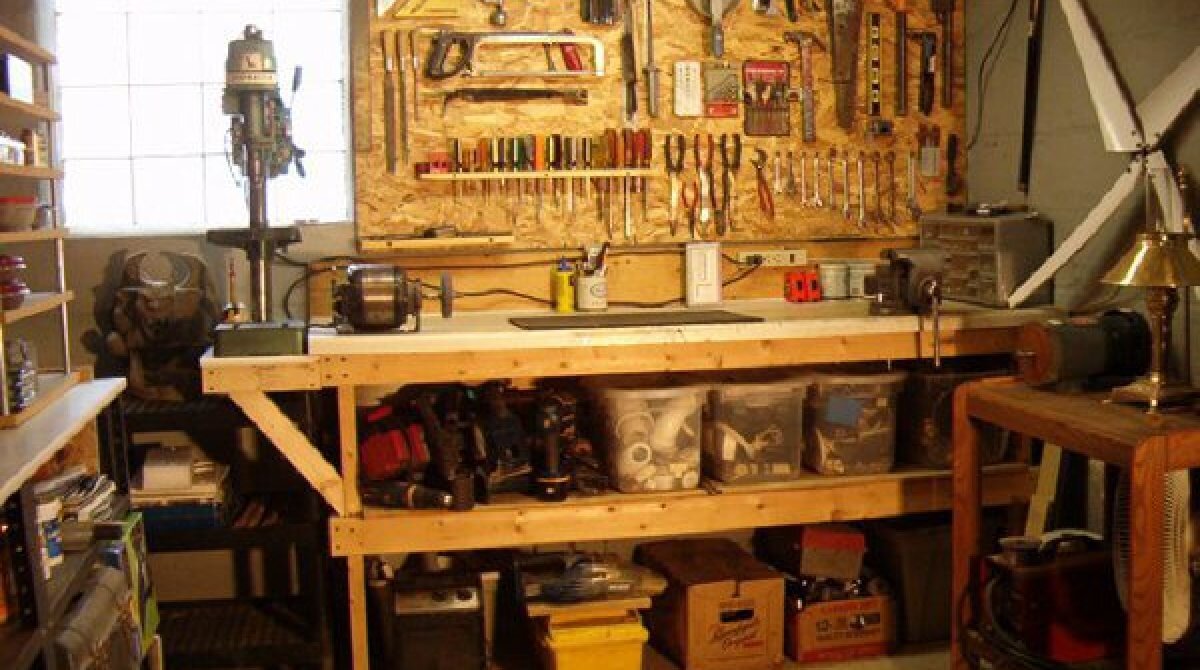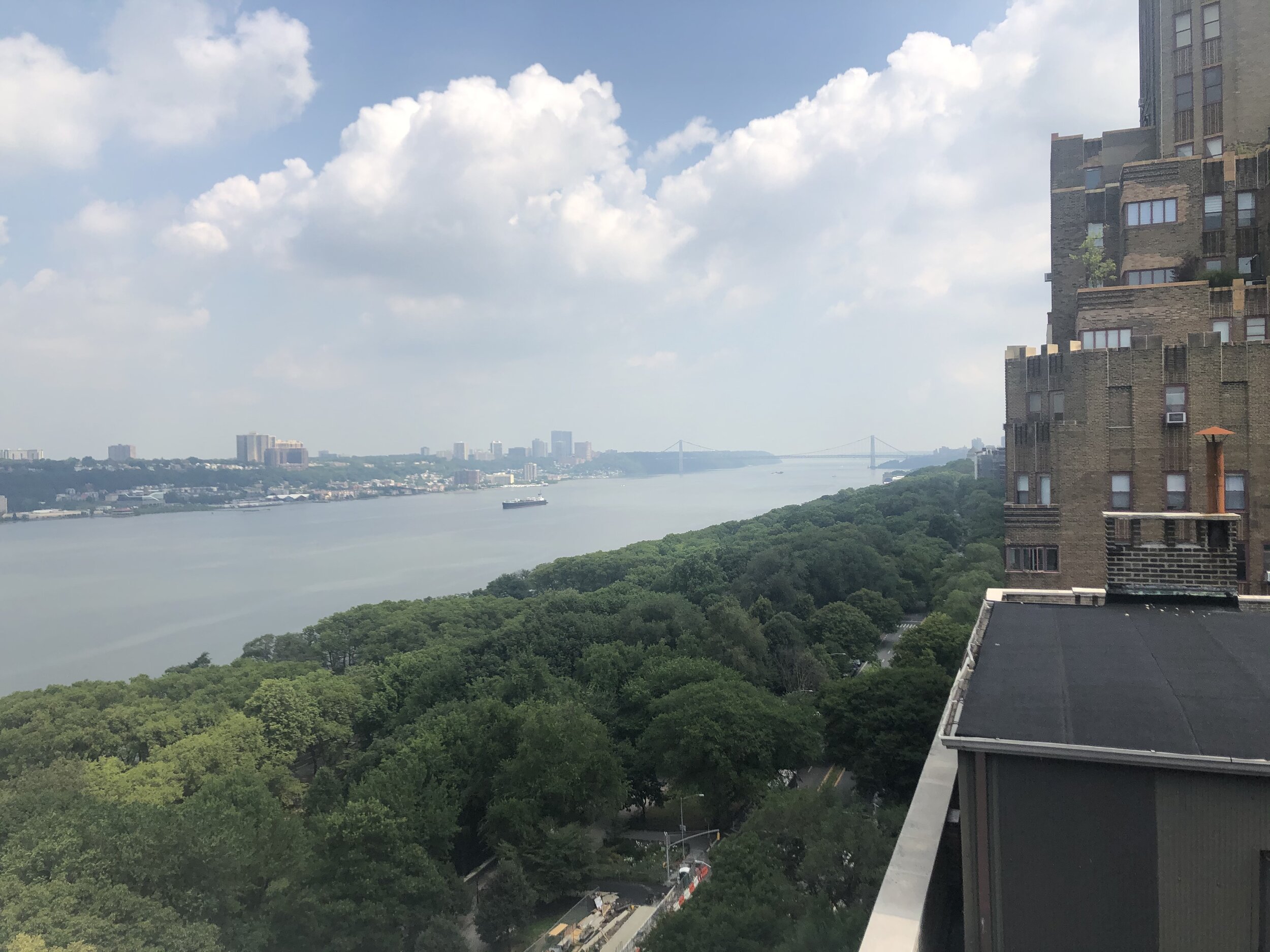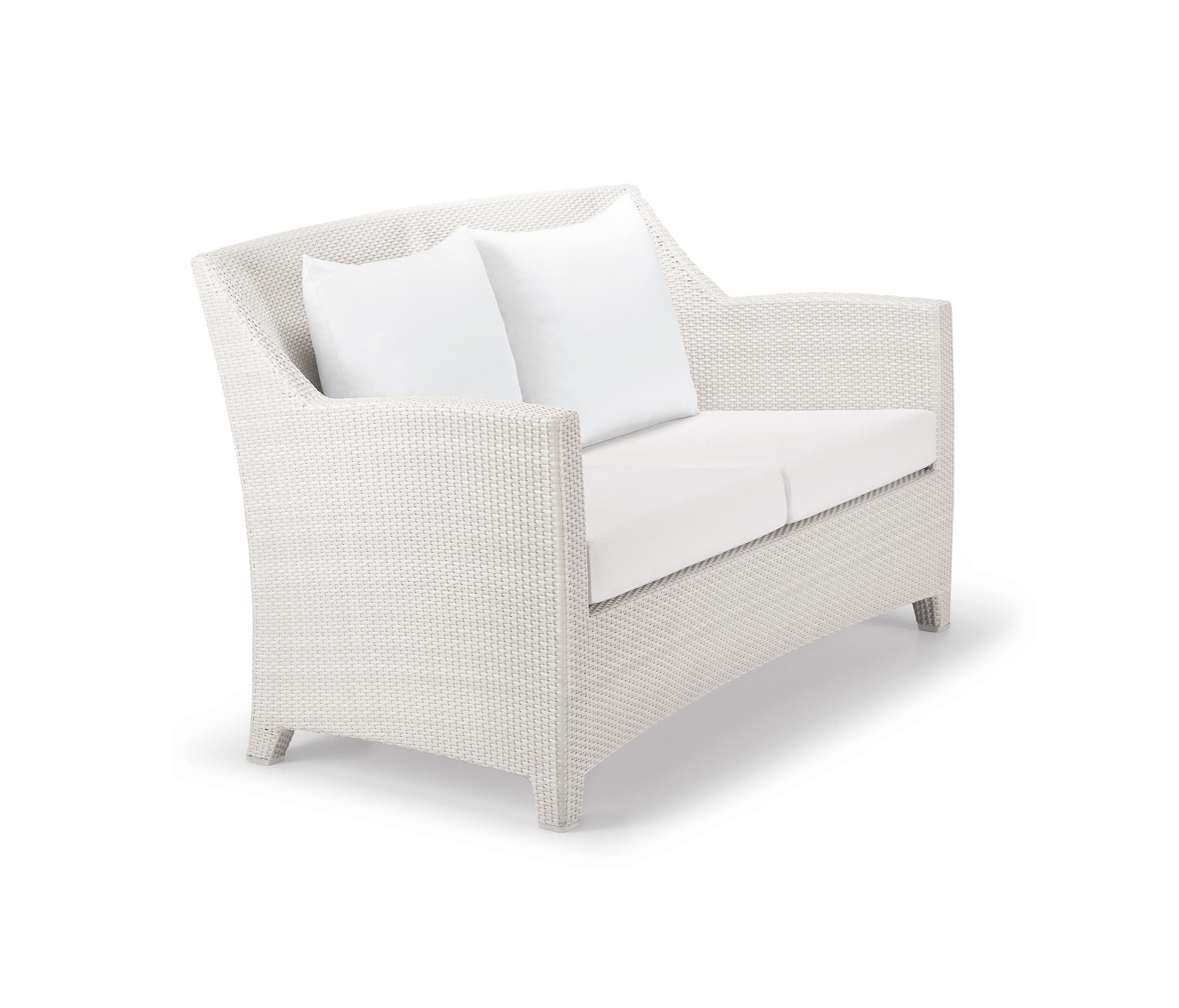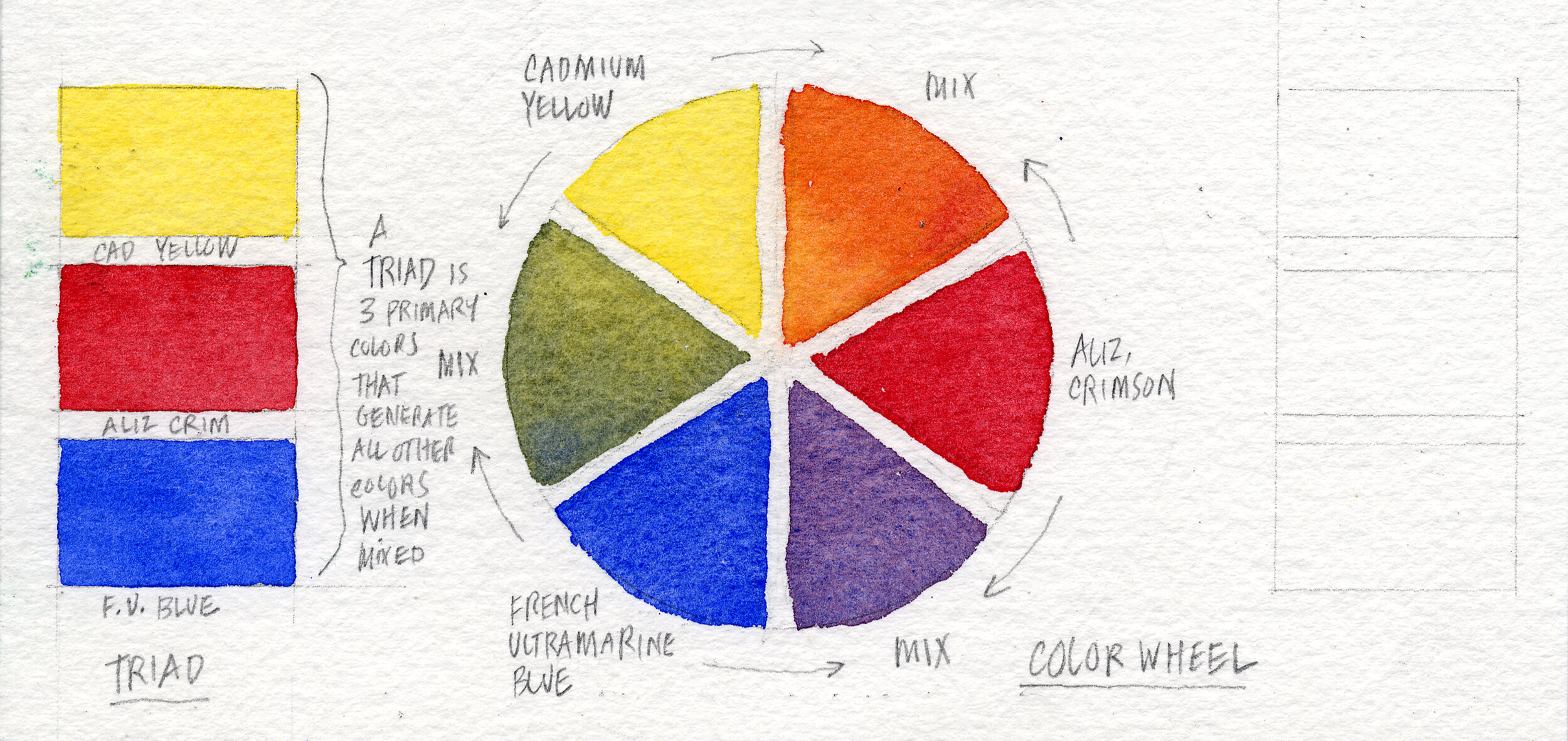There was wonder in the temporary gizmos he cobbled together, dreamt up on a project-by-project basis: shop lamps clipped to Dr. Seuss wooden arms hovering over dangerous saw beds; networks of overhead extension cords, throwaway racks holding every size screwdrivers and drill bits. Being amongst those tools and clutter made we want to have a shop of my own in every place I live. And when I’m in that shop, I see my dad doing his thing, counter-sinking screws with a brace-and-bit, smoking a pipe, sipping a Ballantine beer, happy in that flow state.
The screen porch was where my dad taught me how to relax in summer. The lesson: always have a place in your life where you can be close to the sound of crickets, summer breezes and summer downpours, then be happy just to chill while you read the newspaper or watch Masterpiece Theater on PBS.
Behind the house off the screen porch was the patio, where Dad taught any of us paying attention how to build a rock garden, how to move huge boulders from the front woods to the backyard using Egyptian-style wooden rollers, how to grill meat, how to swirl ice cubes in a gin and tonic, how to take a minute between flips of meat to throw a football or play badminton with your kid. When I went through a strange phase of sundown depression and sleeplessness as a middle schooler, I made a beeline to hang out with dad in the backyard every evening, soon as he came home from work. I had no idea what was going on inside my head, and I don’t think he knew what I was going through; I just knew being with him and watching his reassuring routine was the answer.
In the garage, Dad taught us how to be entrepreneurs while serving our community. Dad dreamt up a way to raise money for Indian Guides by buying hundreds of bags of charcoal at bulk rate, then selling them around the neighborhood at a slightly marked-up rate, for the good of the organization. I remember trucks coming to the house, unloading industrial palettes of charcoal at the doorway of our garage, then me and my buddies stacking them out of the rain, having no idea we were doing something good for others. It was a chore, but it seemed like fun. Dad went a step further and conjured a cart from old fertilized-spreader wheels and wood slats, so we could deliver the charcoal people ordered. This taught me the equally important lesson that you should test a design before you build it. The wheels of that prototype scraped the road and ground it to a halt if you tilted the cart off horizontal so much as 5 degrees.
When my parents left the east coast and retired to Mayville, NY, the coolest places in their new family compound were the garage shop and the boathouse. Just seeing all Dad’s tools relocated to that new house and on display again inspired creativity; whether one used them or not, they always extended the invitation to make something.
Many of the values I hold dearest come from my dad and his projects, but he also taught us there was joy and togetherness in:
eating as a family at the Dining Room table;
playing games in the backyard;
Reading the paper, drinking coffee and listening to music in the Living Room on Sunday mornings after church;
Saturday morning drives to the Dry Cleaner and Hardware store;
family picnics at The Murphy house and Jockey Hollow and Granny’s house
the Windjammer weekend sail on the Chesapeake;
Indian Guides meetings where fathers and sons bonded during school nights;
All-too-brief one-off vacations over a three-year period in Menauhant, Cape Cod: Menemsha Pond, Martha’s Vineyard; and Wauwinet, Nantucket;
Family trips to the ’64 World’s Fair in Flushing Meadows, NY, and Expo 67 in Montreal;
Long summer stays and genteel family visits on the porch at Granny Warner’s in Titusville, PA;
Long 12-hour car trips to even get to Granny’s before Rte 80 was finished;
Of course, weekends and vacations are just logical times a kid who loved his weekday-commuting dad would remember, but it was something else, too.
It was observing his authentic self in these settings where I learned the values of patience, industry, humor, soft spoken civility, community-mindedness, honest self-examination, appreciation for the arts and culture, responsibility to family and friends, joy in expressing oneself in music and art, respect for others and their ideas, gracious admission of error, wisdom in seeking the counsel of others, and the difference between listening and hearing.
But the main lesson learned was one he could not have been aware of, but the one I am most grateful for: You will always find “the real me” in these places, and I am always here for you.
I love you, Dad.
Thanks for everything you gave us and continue to give us.
































